Scotland, with its rolling hills, misty landscapes, and rugged mountains, is a dream destination for hikers. If you've been fantasizing about exploring the iconic highlands, coastal paths, or dreamy isles, you're not alone. Whether you're an experienced trekker or just starting your hiking adventure, knowing the best time to hike in Scotland is key to making the most of your trip.
At Macs Adventure, we specialize in self-guided hiking tours that give you just the right mix of independence and expert support. From luggage transfers to route navigation via our app, we’ve got you covered. Let's look at how timing your hike perfectly can elevate your experience.

The Seasons in Scotland
Understanding Scotland’s seasons will give you a better idea of what to expect when planning your hike. Here’s a quick overview of what each season offers.
Spring (Mid-March to May)
Spring breathes life back into Scotland, bringing mild temperatures (ranging from 45°F to 55°F) and blooming landscapes. It’s a fantastic time to head out as trails aren’t too busy yet, and the midges (those notorious biting insects) aren't as active. Just be prepared for quick weather changes - a mix of blue skies and occasional showers is common.
Summer (June to August)
Summer is the most popular time for hiking, thanks to milder weather and longer daylight hours. Temperatures usually sit between 55°F and 65°F (12°C and 18°C), making it ideal for long days on the trail. Be warned, though, that summer means midges are in full swing, particularly in the Highlands or near water. Bug spray is your best friend!
Fall (September & October)
Fall is simply glorious in Scotland. The landscapes are bathed in hues of gold, orange, and red, creating a photographer's dream. Temperatures cool slightly (45°F to 55°F or 7°C to 12°C), but the weather remains pleasant for hiking in September and early October. By November, it can get wetter and colder, but you’ll also encounter fewer crowds.
Winter (November to Mid-March)
With cold temperatures, winter weather, short days, and long nights, most routes close for the season. Due to these conditions, Macs Adventure doesn't offer hiking trips in Scotland from November to mid-March. If you’re looking for a winter break, check out our self-guided winter hiking vacations.

When is the Best Time to Hike in Scotland?
The best time to hike in Scotland is generally from late spring (May) through early fall (September). This period offers a sweet spot of favorable weather, longer daylight hours, and vibrant landscapes. Here’s why it’s such an ideal time to visit Scotland for hiking adventures:
- Long Days, More Adventure
With up to 18 hours of daylight during midsummer, you’ll never feel rushed. Imagine finishing a long hike at 9 p.m., with plenty of natural light left to savor the view.
- Milder Conditions
By May, the weather starts to settle, with fewer storms and milder temperatures, making it perfect for multi-day treks. Although true to Scottish weather, rain is still a regular on the weather forecast.
- Fewer Midges in Spring and Fall
Planning your hike for May or September means you’ll mostly avoid those pesky midges.
- Perfect Terrain Conditions
Snow from the winter months has usually melted by May, and trails are in great shape, free from frost or mud slides.

Regional Variations in Weather and Terrain
The Highlands
The Scottish Highlands are the crown jewel of the country's hiking trails. From towering Munros to quiet glens, this region is a must for outdoor lovers. However, its popularity means trails can be busy in summer. Plan a late spring or early fall trip to enjoy quieter paths and cooler breezes.
Isle of Skye
Known for its dramatic cliffs and surreal landscapes, the Isle of Skye is unforgettable. Summer’s longer days provide better opportunities to explore the Quiraing or Old Man of Storr, but spring and fall bring lower tourist numbers and equally stunning views.
Central Belt
If you’re heading to iconic routes like the West Highland Way, May to September is perfect. This area features relatively manageable terrain and a variety of accommodation options along the way, making it ideal for self-guided hikers.

Top Hiking Routes in Scotland
West Highland Way
This classic long-distance hike covers 96 miles from Milngavie to Fort William, showcasing some of Scotland’s most epic scenery. Curious about when to go?
Find out the best time to hike the West Highland Way.
Discover our West Highland Way itineraries >
Great Glen Way
Stretching 79 miles along the Great Glen fault line, this hike takes you from Fort William to Inverness beside the vast Loch Ness and through atmospheric forests.
For more info, check out our Great Glen Way hiking guide.
Discover our Great Glen Way itineraries >
Isle of Skye Trails
Discover all corners of the isle, navigating rugged landscapes. From the Trotternish Ridge to the Cuillin Mountains, take in some of Scotland’s most iconic views.
For more info, check out our Isle of Skye hiking guide.
Discover our Isle of Skye itineraries >
Head to our Best hikes in Scotland article for the full list.

Preparing for Your Hiking Adventure
Essential Gear
Scotland’s weather is notoriously unpredictable, so gear up with the essentials:
- Waterproof jacket and pants (you’ll thank us later).
- Sturdy, broken-in hiking boots.
- Layered clothing for temperature changes.
- A reliable map and compass or GPS (like the Macs Adventure app).
Need more details? Check out our self-guided hiking pack list.
Route Navigation Made Easy
With Macs Adventure’s app, you'll have detailed trail maps and step-by-step navigation at your fingertips. No need to worry about losing your way on those remote mountain trails.

Why Choose Macs Adventure for Self-Guided Hiking
Opting for a Macs Adventure tour means you’re not just hiking – you’re hiking smarter. Here are some benefits of our self-guided hiking tours in Scotland:
- Flexibility and Independence
Travel at your own pace, choosing when to linger at scenic spots or enjoy a longer lunch break.
- Luggage Transfers
Yes, you can hike with just a lightweight daypack while we transfer your luggage between accommodations.
- Local Support
With 24/7 support and insider tips, you've got the safety net you need while staying independent.
- Comprehensive Planning
We handle all the logistics, from accommodation bookings to route curation.
Curious about the process? Read more about the benefits of self-guided travel.

Start Planning Your Scottish Hiking Adventure
Scotland offers an unparalleled mix of natural beauty, rich history, and rewarding challenges for hikers. By choosing the right time and the right route, you’ll make your hiking adventure truly unforgettable.
With Macs Adventure, your self-guided tour guarantees freedom, expert support, and seamless logistics. Whether it’s planning which trails to tackle or transferring your luggage, we’ve got everything covered.
Book your self-guided hiking tour today and get ready to create memories on the trails of Scotland.






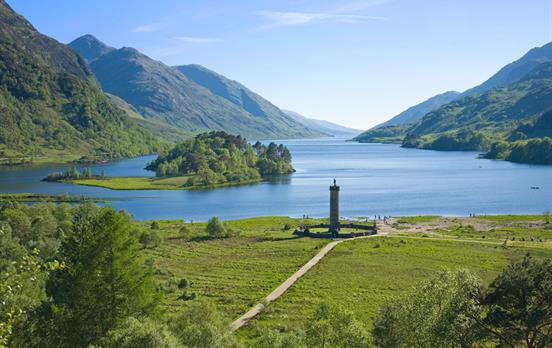
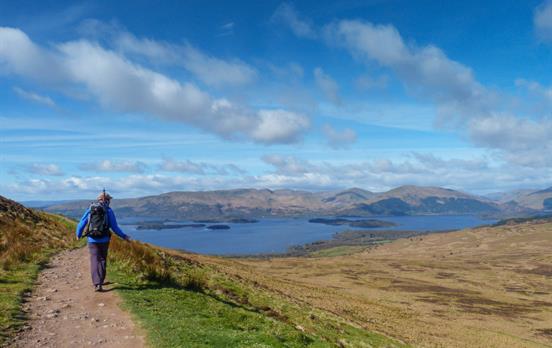
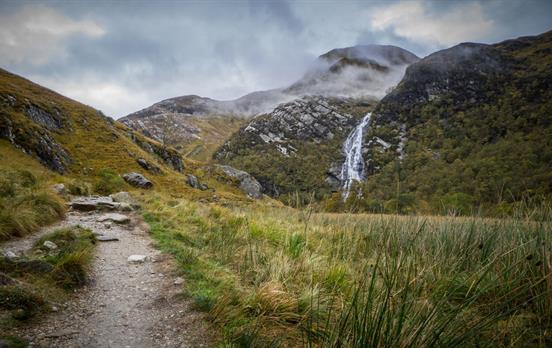

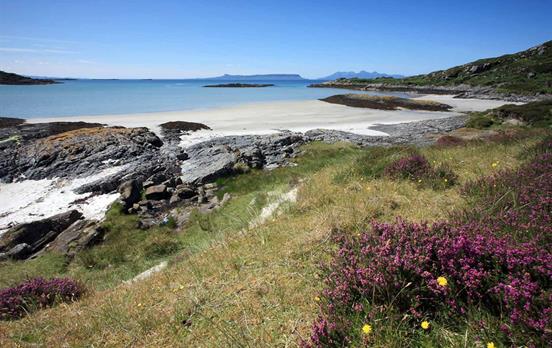
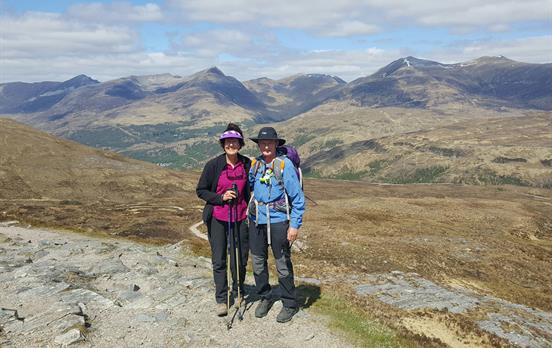
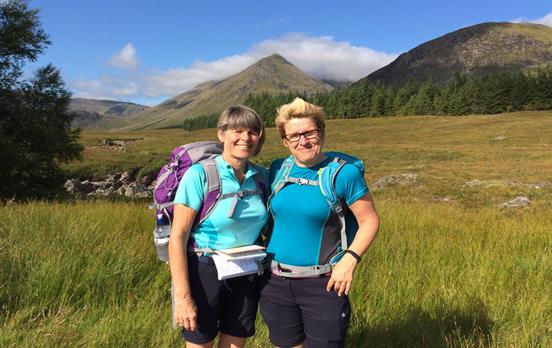



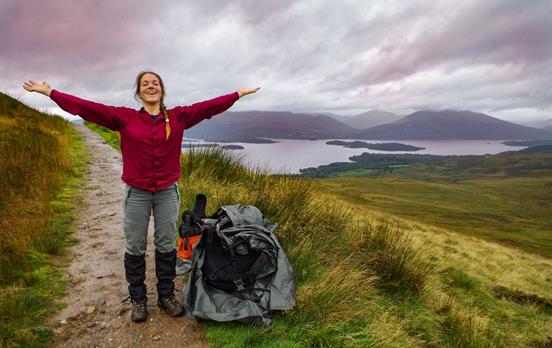


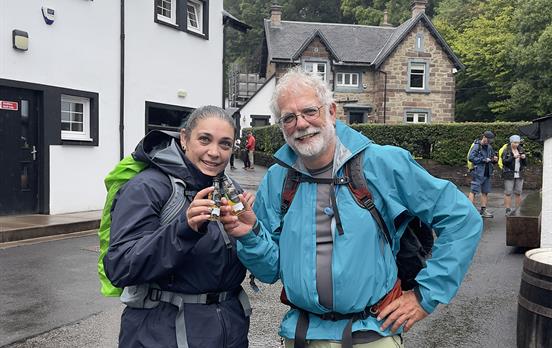
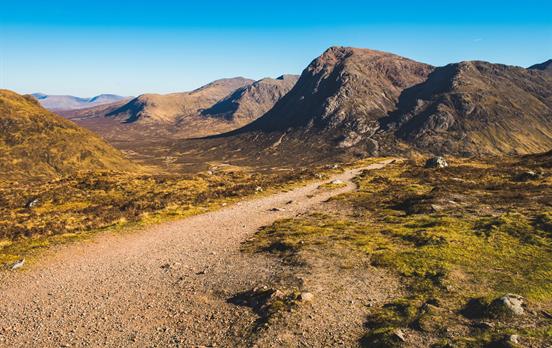


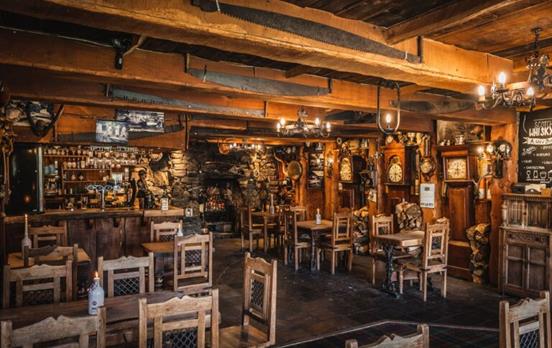
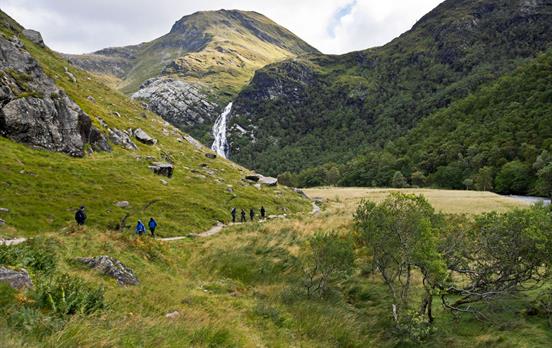




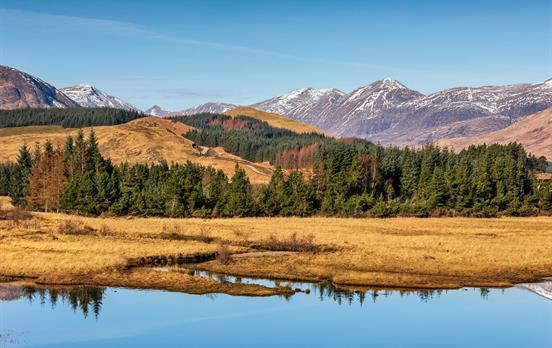
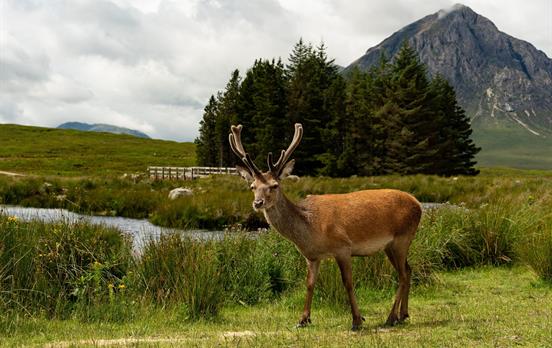

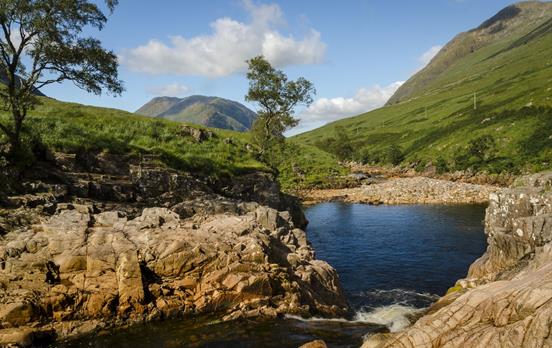




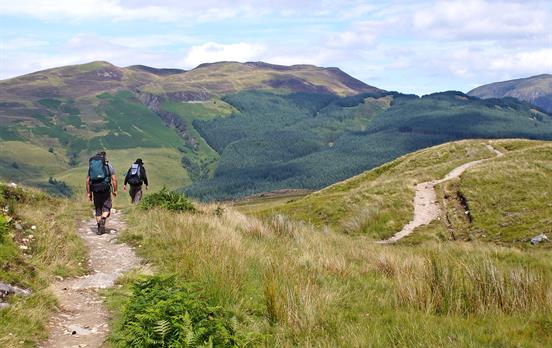
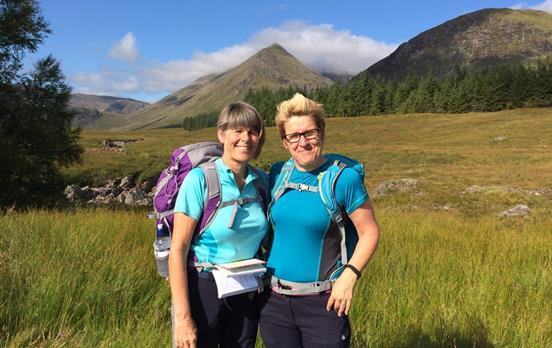
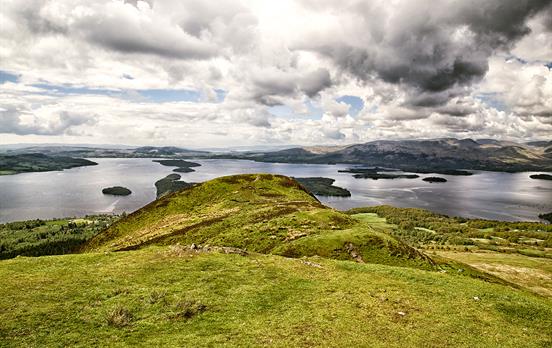
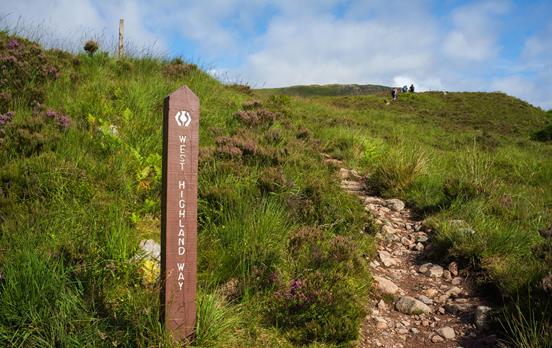


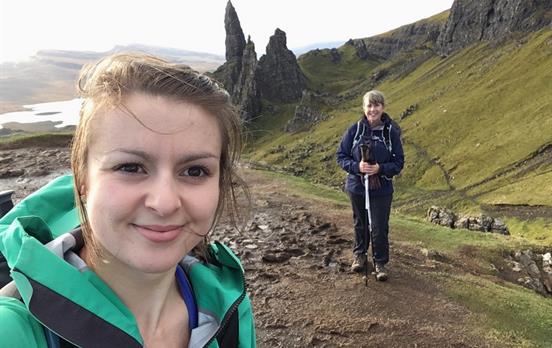


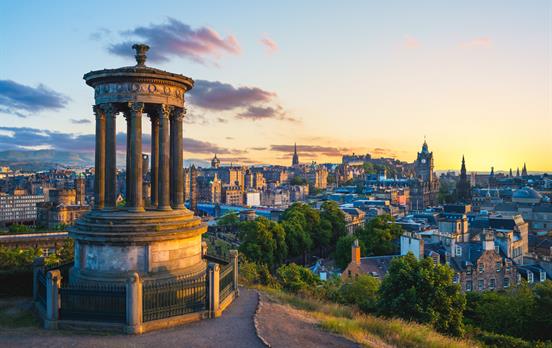

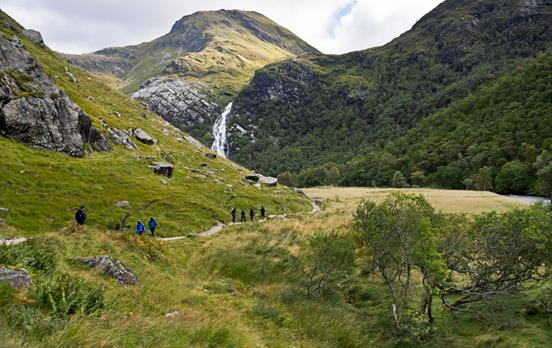
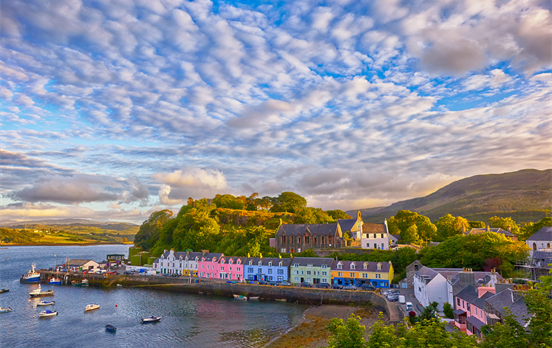
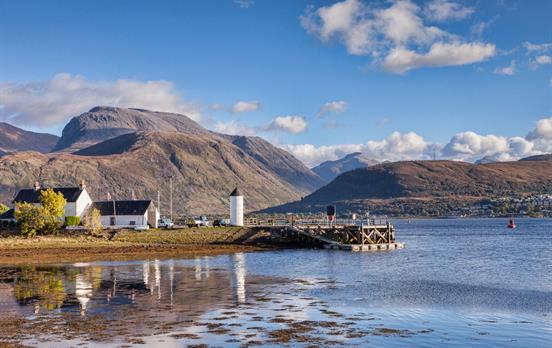
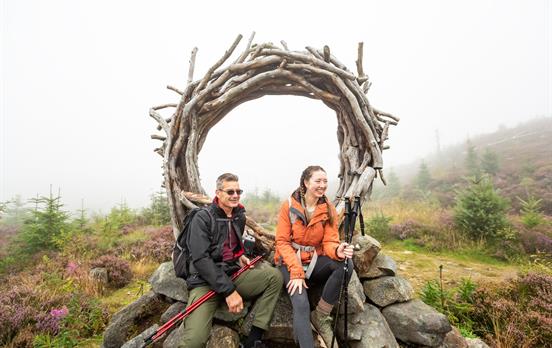
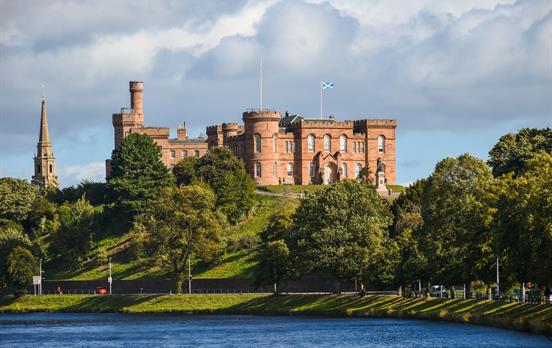

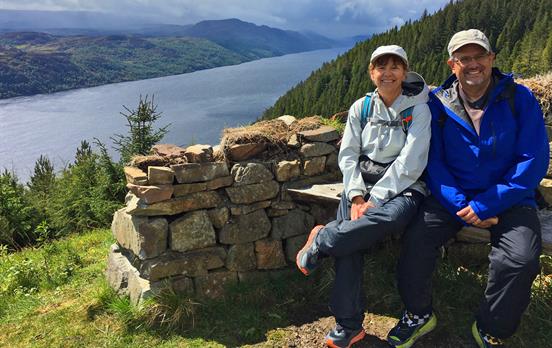

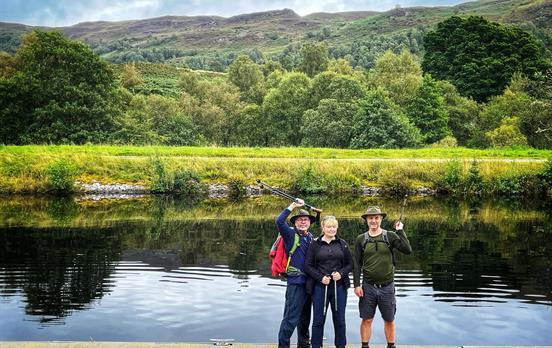

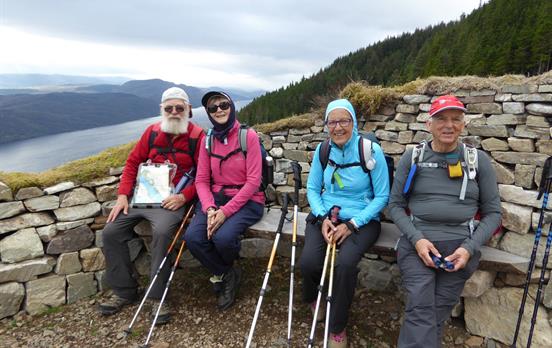
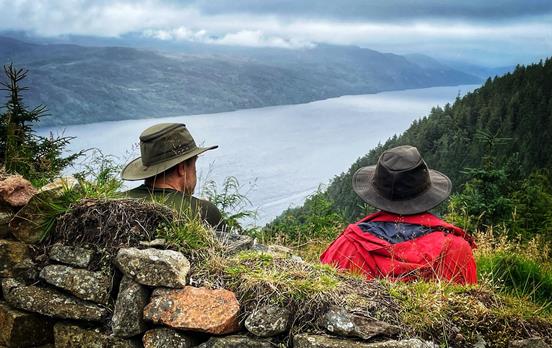

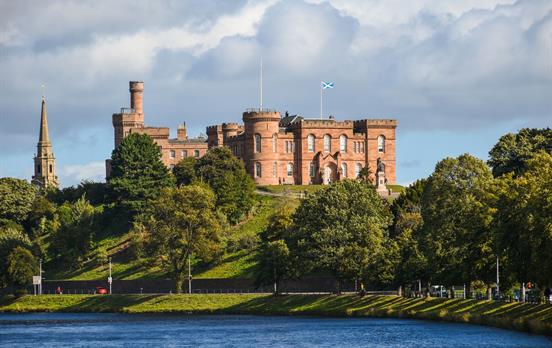
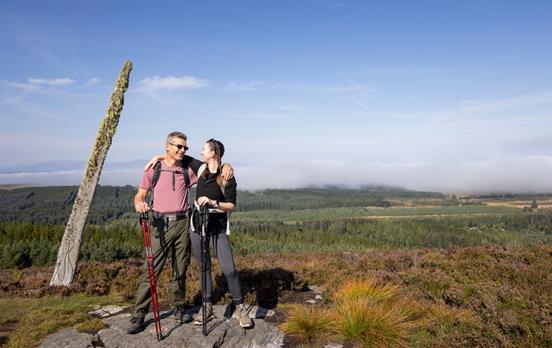





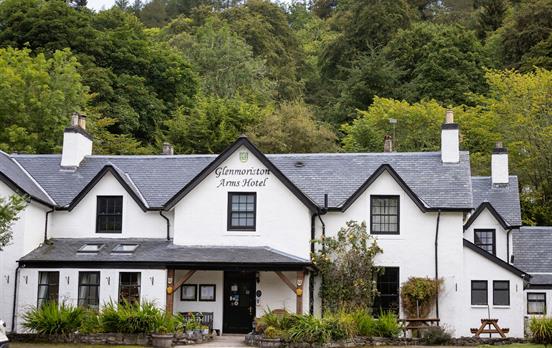





 Canada
Canada